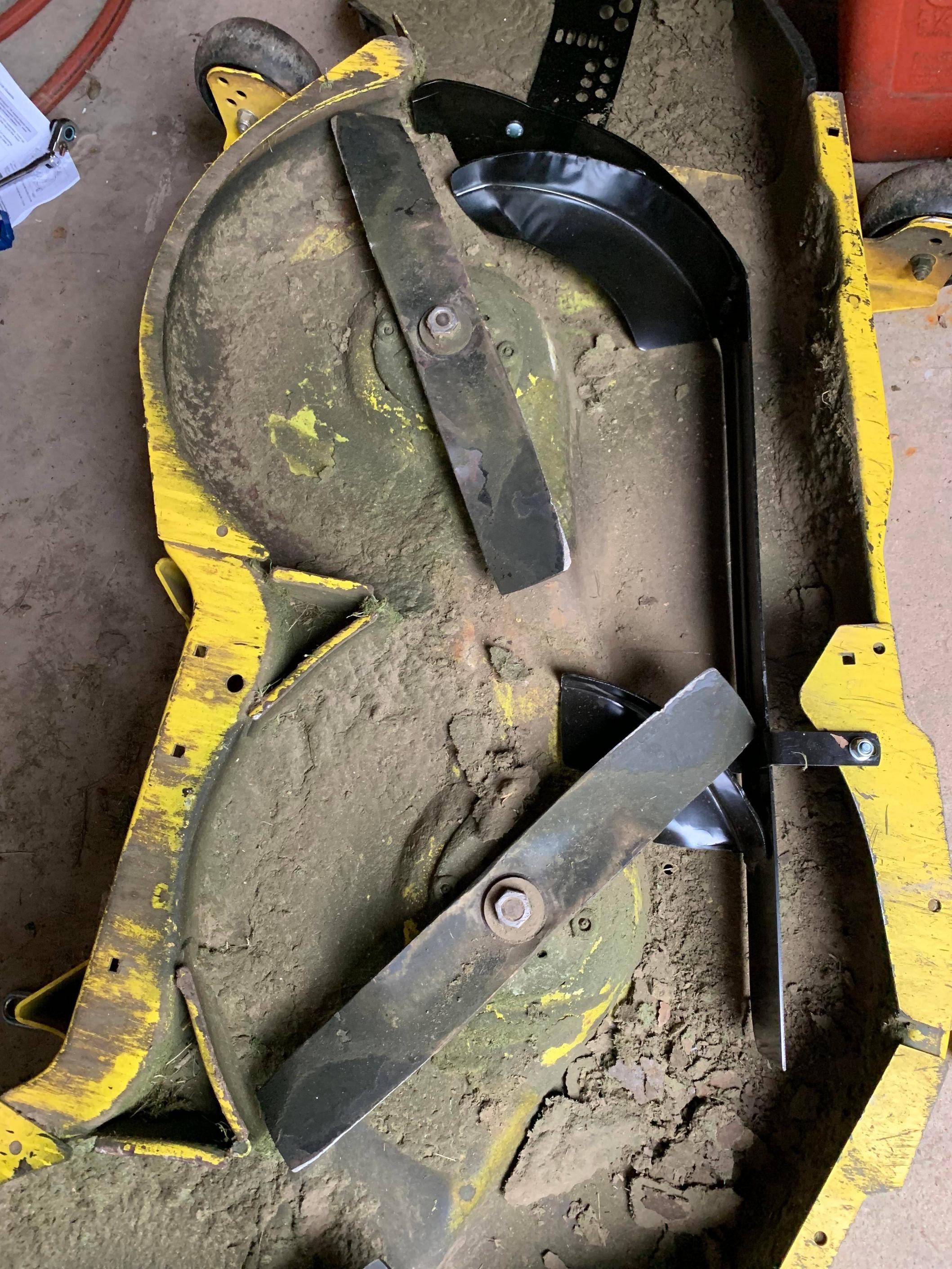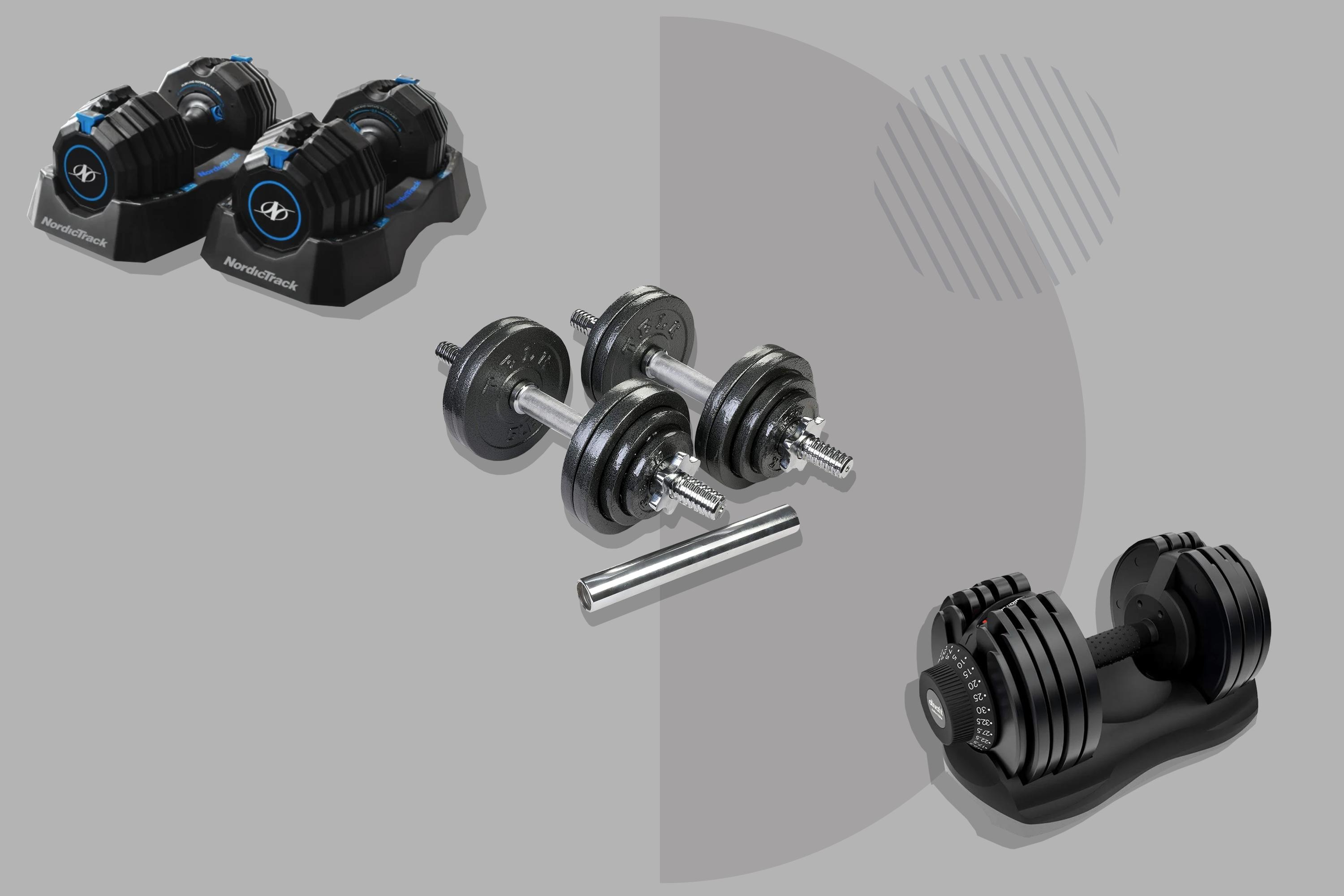
Cameras offer different features. Listed below are some of these: Image sensor, Lens, Film, and Depth of field. These features are critical in capturing the perfect image. This will allow you to make the best buying decision for your shot. You should research other features before purchasing your camera.
Image sensor
The camera's image sensor is the main component that determines how good the photos are. The basic function of an image sensor is to transform light into electrical signals. These signals are then transmitted to a serial switch register, amplifier, capacitor, or capacitor for digital converter. There are two types of cameras' image sensors, CMOS or CCD. CCD sensors produce high-quality images that are low in noise and have a wide dynamic range. They are common in compact cameras and medium-format cameras, but they tend to consume more power than CMOS sensors. CMOS sensor are more popular and cheaper to produce.
Image sensor manufacturing is a major industry. In 2019, the market was worth $17.2 billion and is expected to reach $27 billion by 2023. Samsung intends to convert an existing DRAM manufacturing process to image sensors in 2020 to serve this growing market. Even though most equipment and processes remain the same, conversion of the entire line to image sensors cost $815 million.
Lens
There are many types of lenses for cameras. Some lenses are interchangeable. This means that they can be mounted on different cameras. Interchangeable lenses are typically made by the same lens manufacturer, or a collective of lens manufacturers. Nikon's f/1.8G lenses are compatible with full-frame Nikon camera models.

There are also different focal lengths and apertures for different types of lenses. The focal length refers to the distance between the lens and the focal plane. Another measurement is aperture. This is the opening created by the lens' iris. It is dependent on the focal distance, as an f/2.8 aperture creates 35.7mm holes. The camera's sensor is not affected by the aperture size.
Film
Film cameras are a great way to take great pictures without a digital camera. They are available in various designs, sizes, and prices. Many film cameras are still used by many photographers because they give the photos a unique look. Some film cameras even produce better pictures than their digital counterparts. There are many models to choose from, no matter if you are a beginner or a professional photographer.
There are several parts of a film camera. One such part is the shutter, which can be made from metal or plastic. This is an important part, because premature exposure to light can cause damage to a single frame or entire roll. Another part of a film camera is the aperture, which is a small circular hole in the lense. The aperture lets light in depending on the size and shape of the hole.
Depth of field
A setting to adjust the aperture is the first thing to do when you want to create a photograph with shallow depth. Although this is a fairly simple adjustment, it has a large impact on the amount of light reaching your sensor. The sensor will receive more light if the aperture is larger. This also allows for higher shutter speeds, which can be great for low light photography or freezing action.
The aperture determines the depth of field. It is dependent on the focal length, camera and lens. If you are looking for a photo with a shallow depth, an aperture of f/11 and greater is recommended. A smaller aperture will allow you to capture a more shallow depth of field, while a larger aperture will produce more blur in front of the subject.

Focusing system
A camera's automatic focusing system is an automated system that focuses the camera lens. The system is composed of a camera and an interchangeable lens. Camera bodies contain a ROM which stores information that is necessary to control automatic focus. The ROM sends this information to the camera's body, which then determines the direction to move the first movable member.
The camera body also includes a FL focusing lens and ZL zoom lens. A transmission mechanism 105 is also included in the lens. The transmission mechanism transmits data between the camera and the lens to control focus. The system will also inhibit focus adjustment if the camera body senses that the focus is not correct.